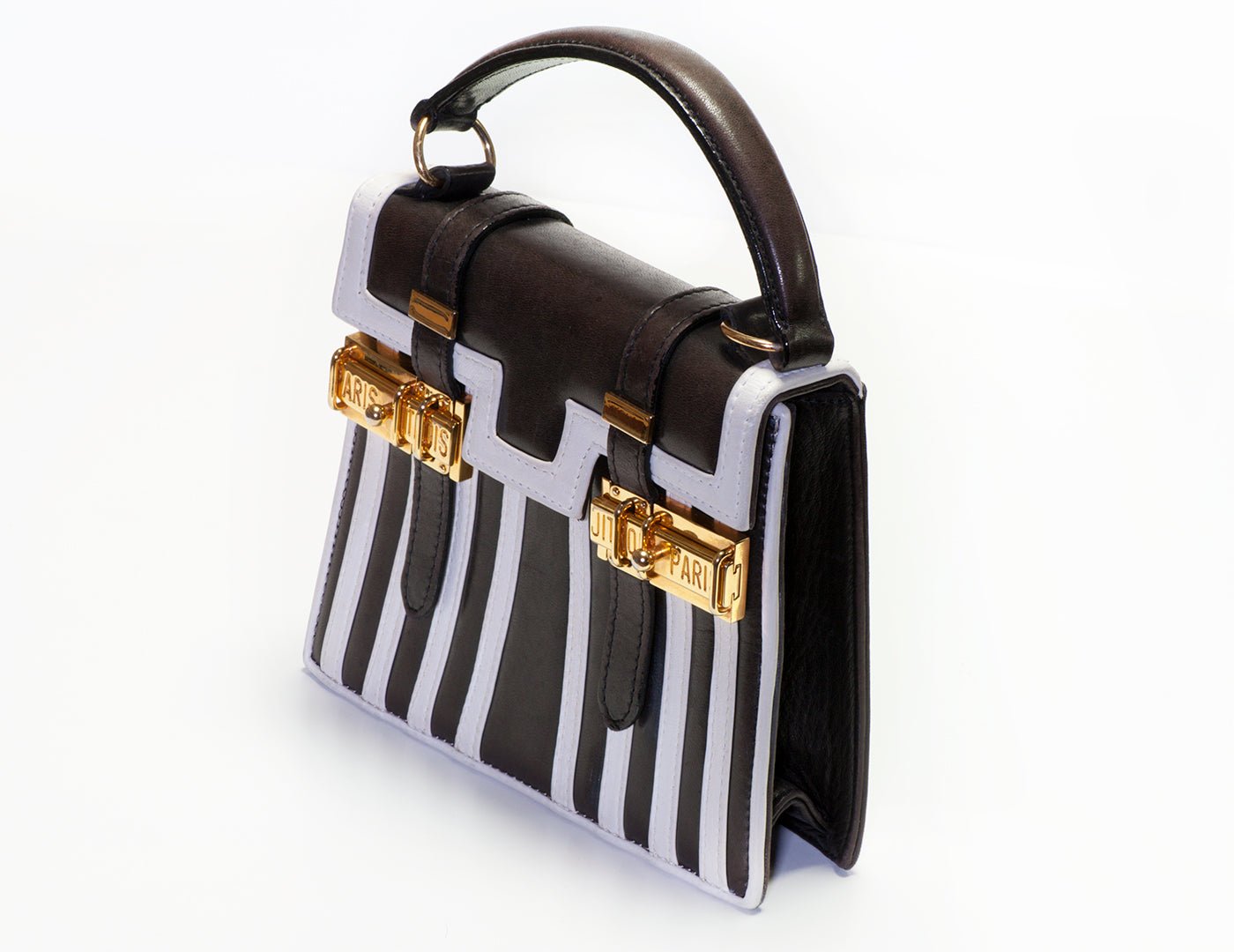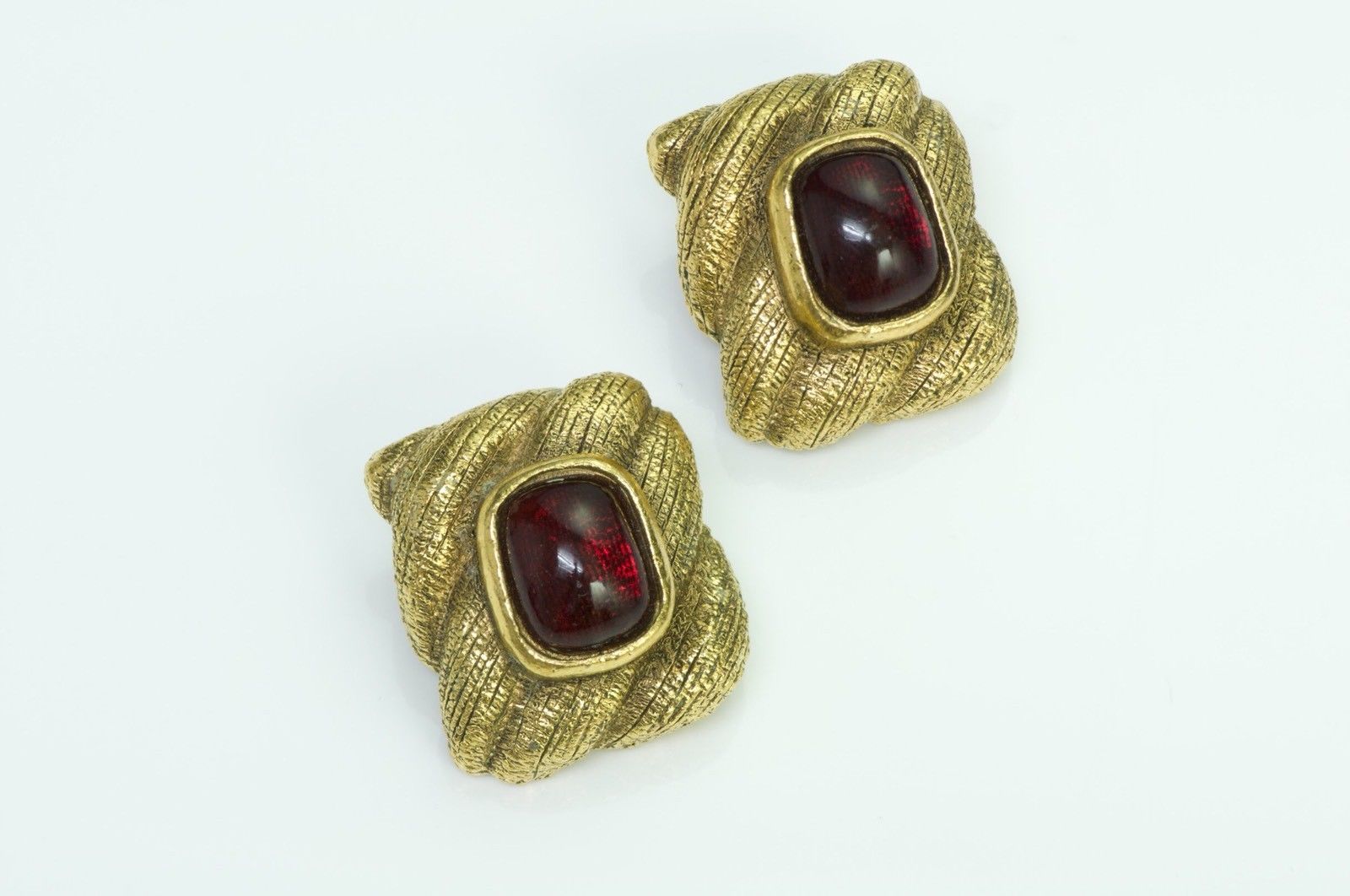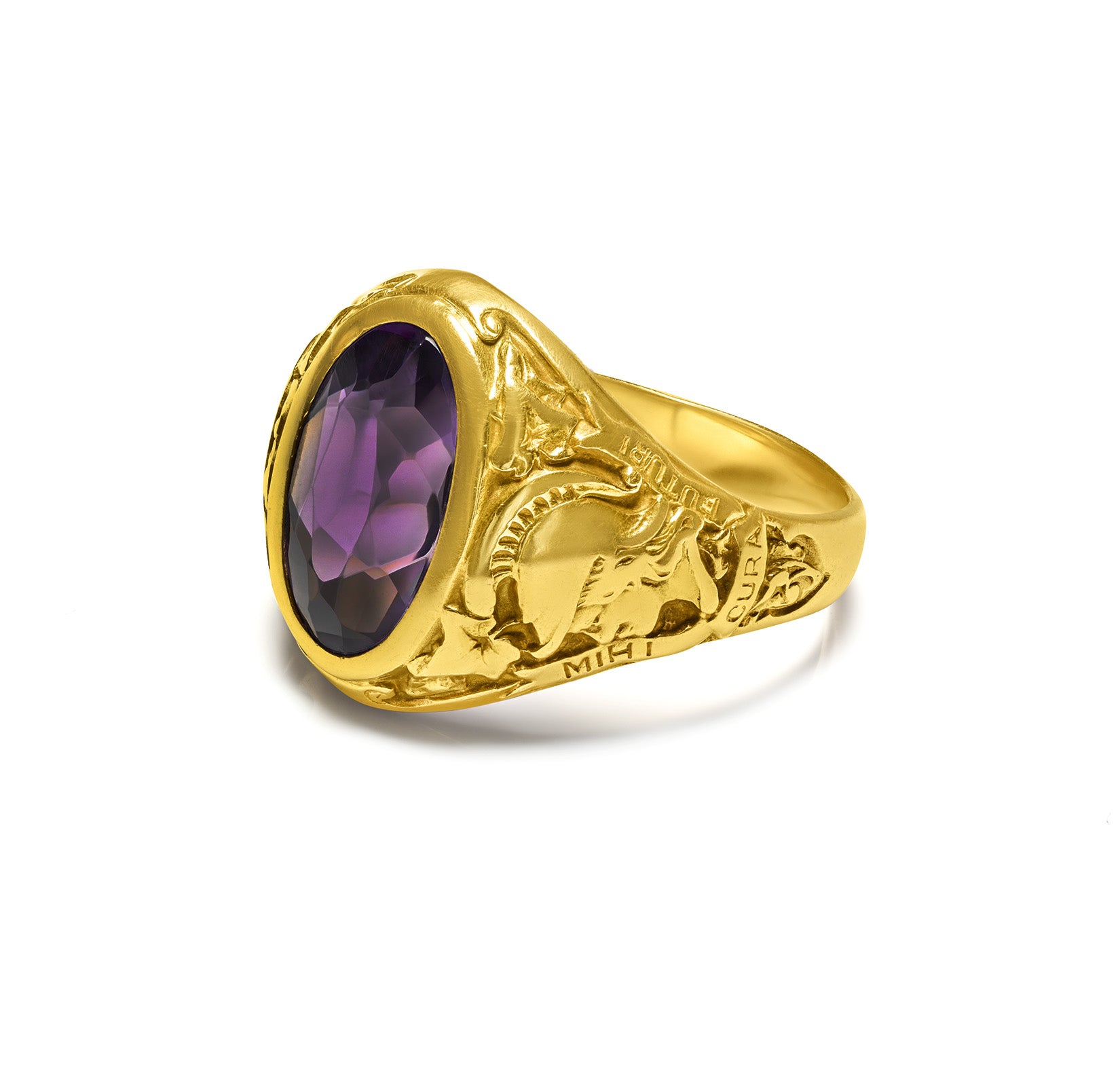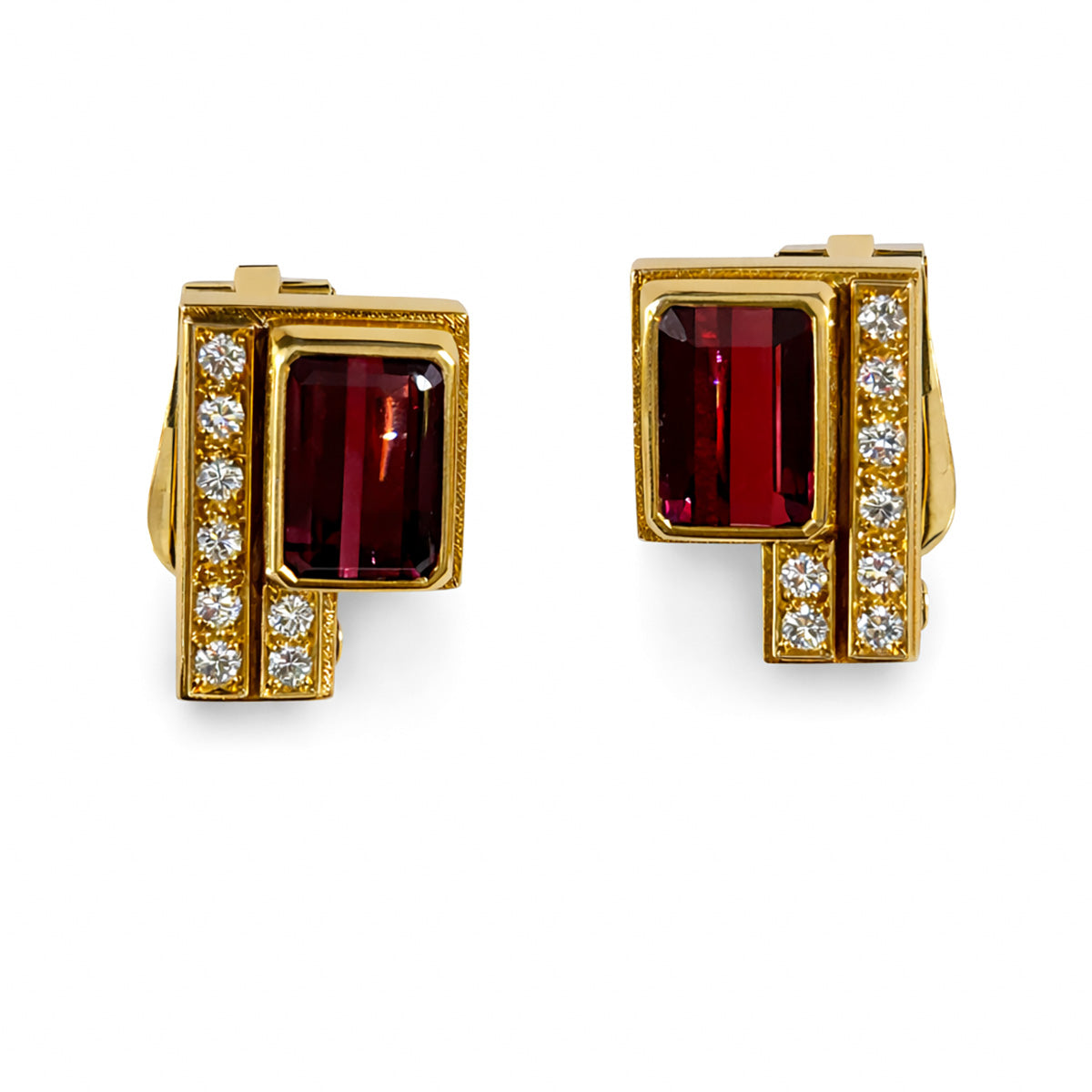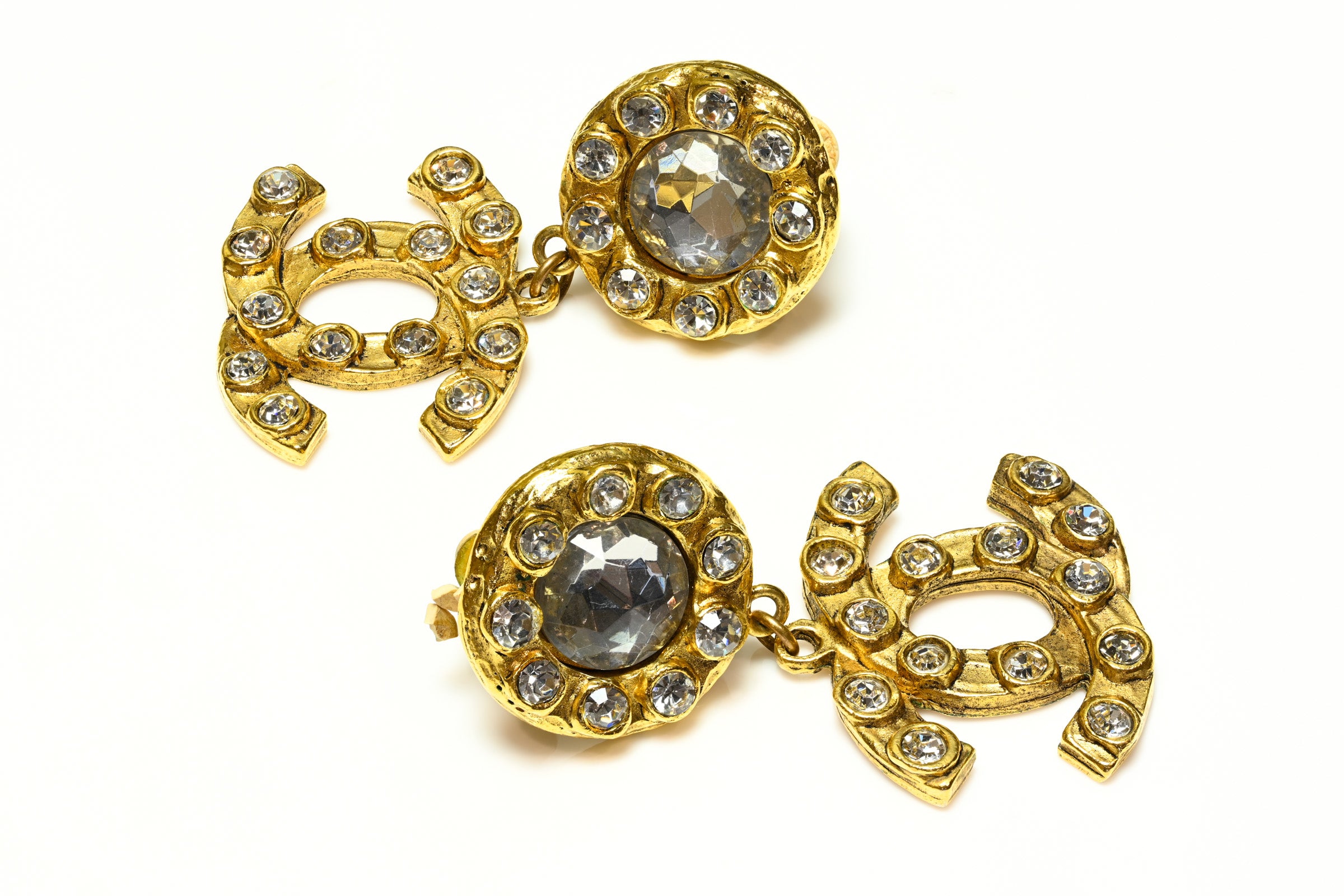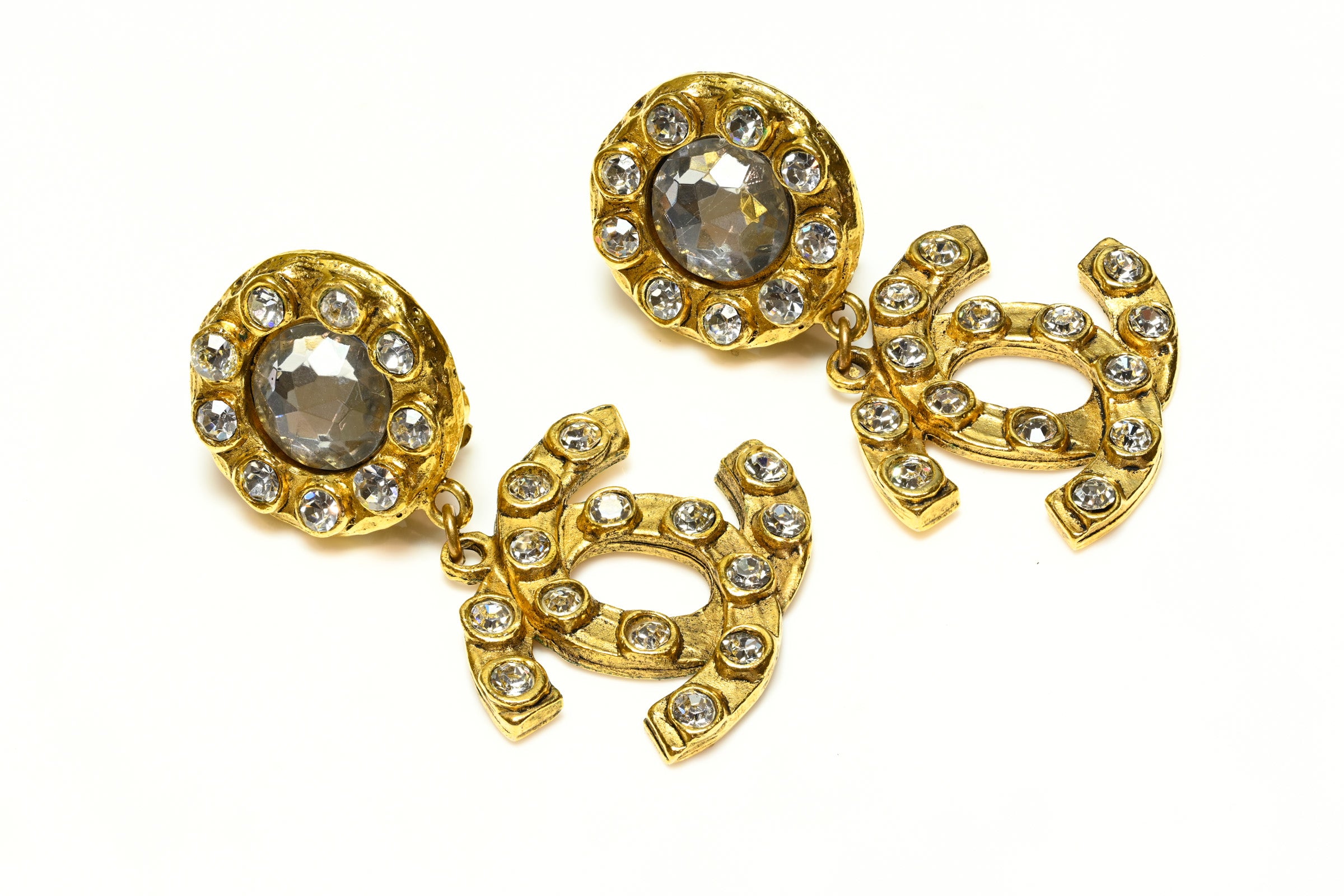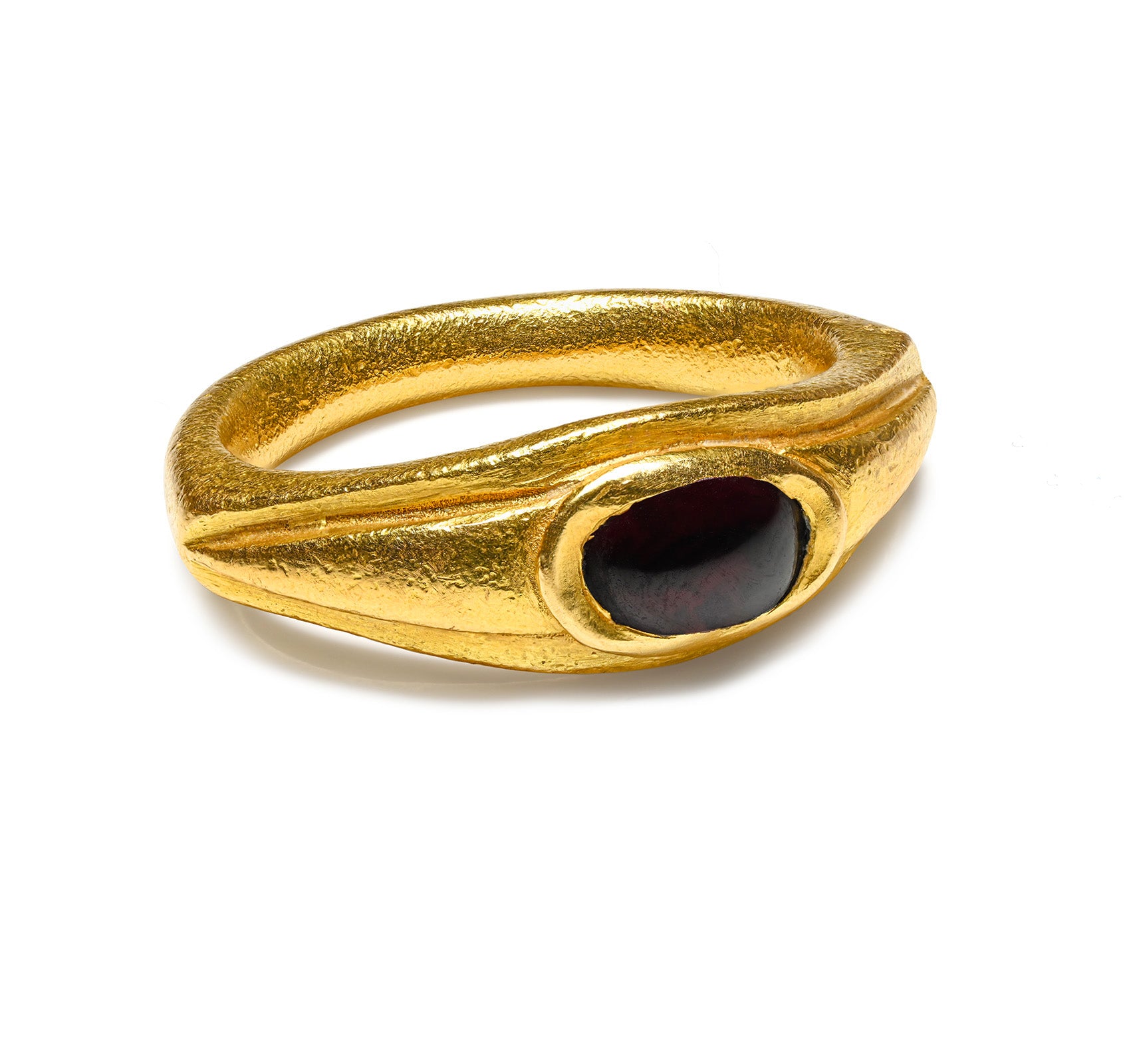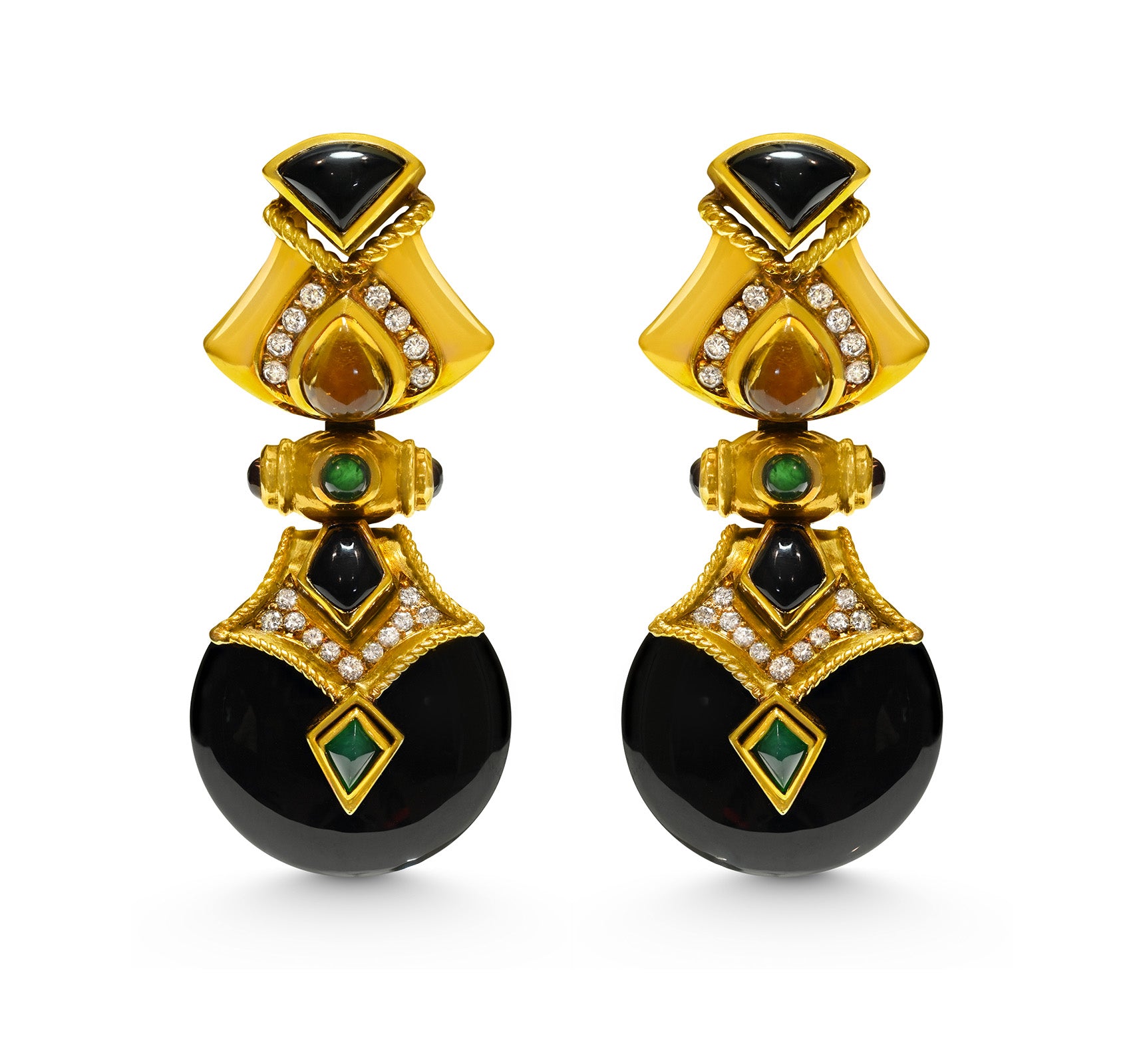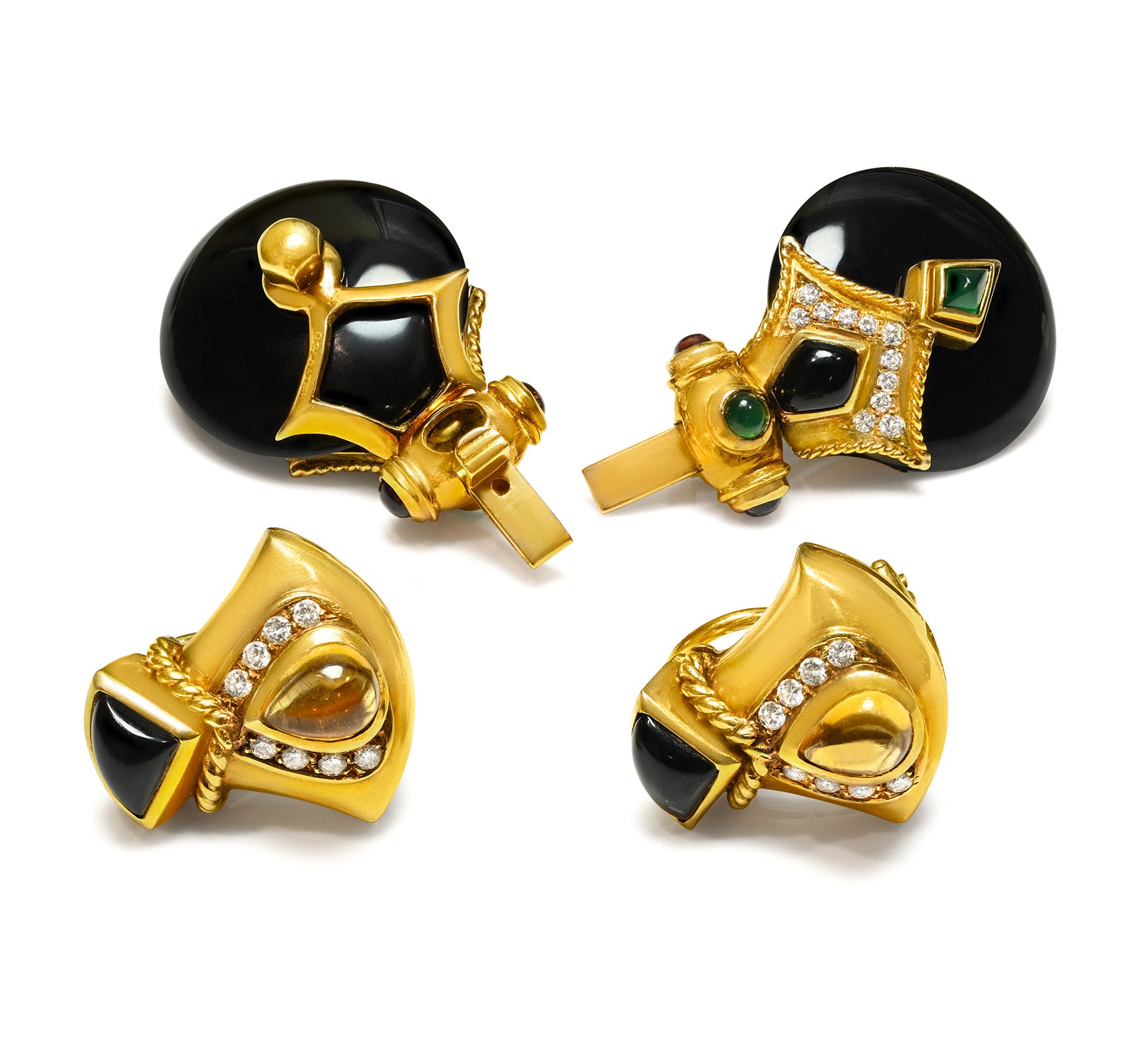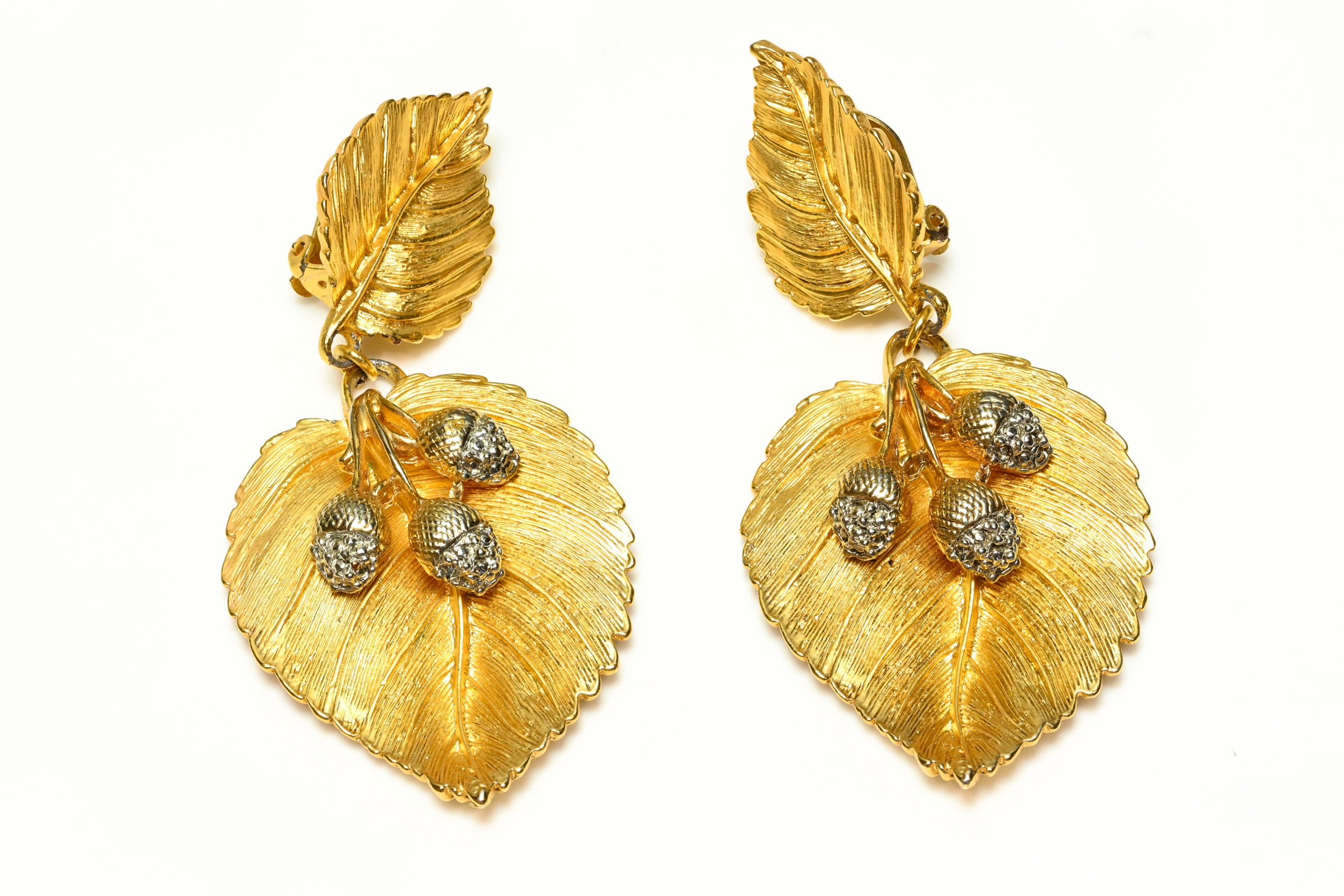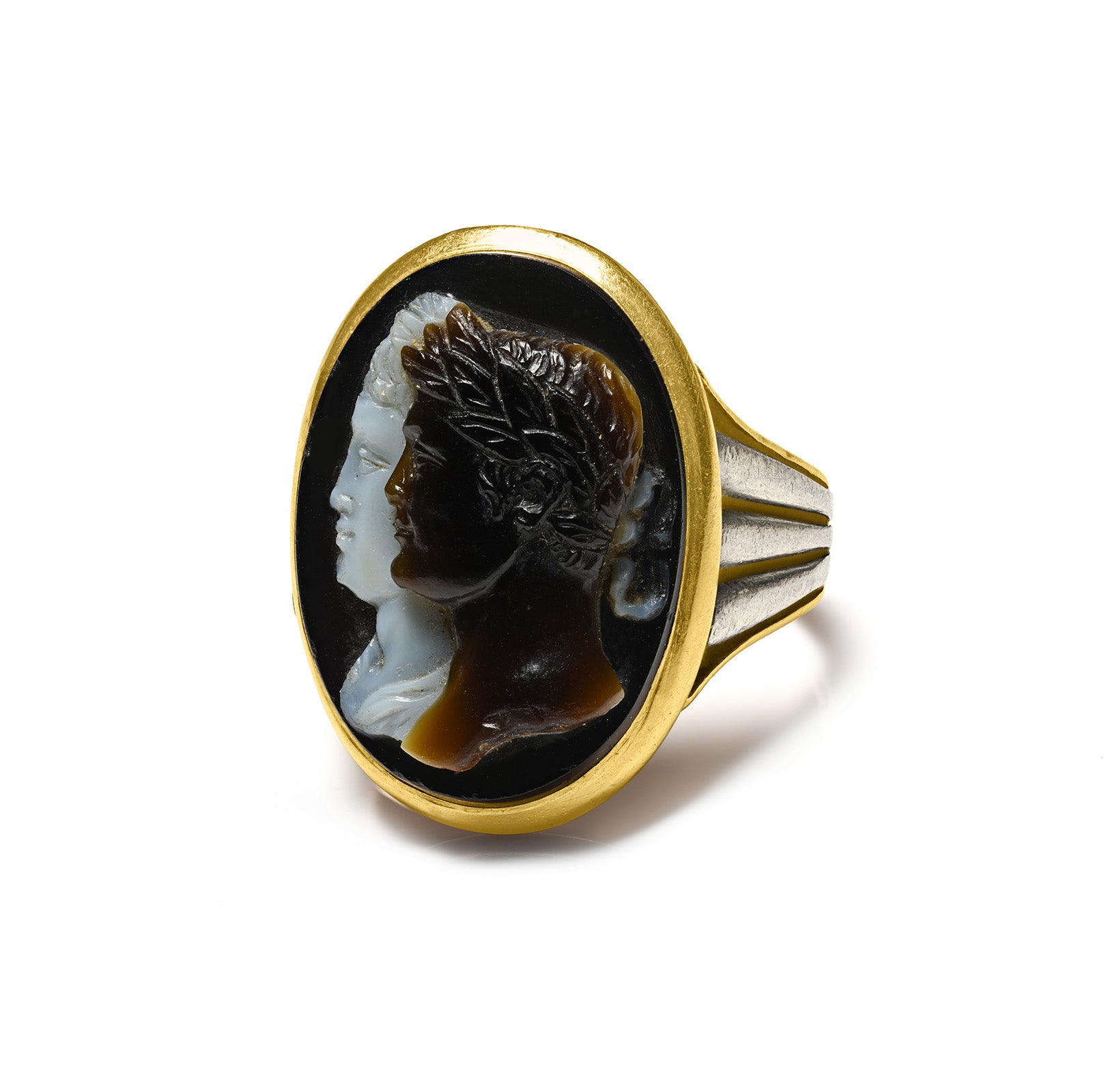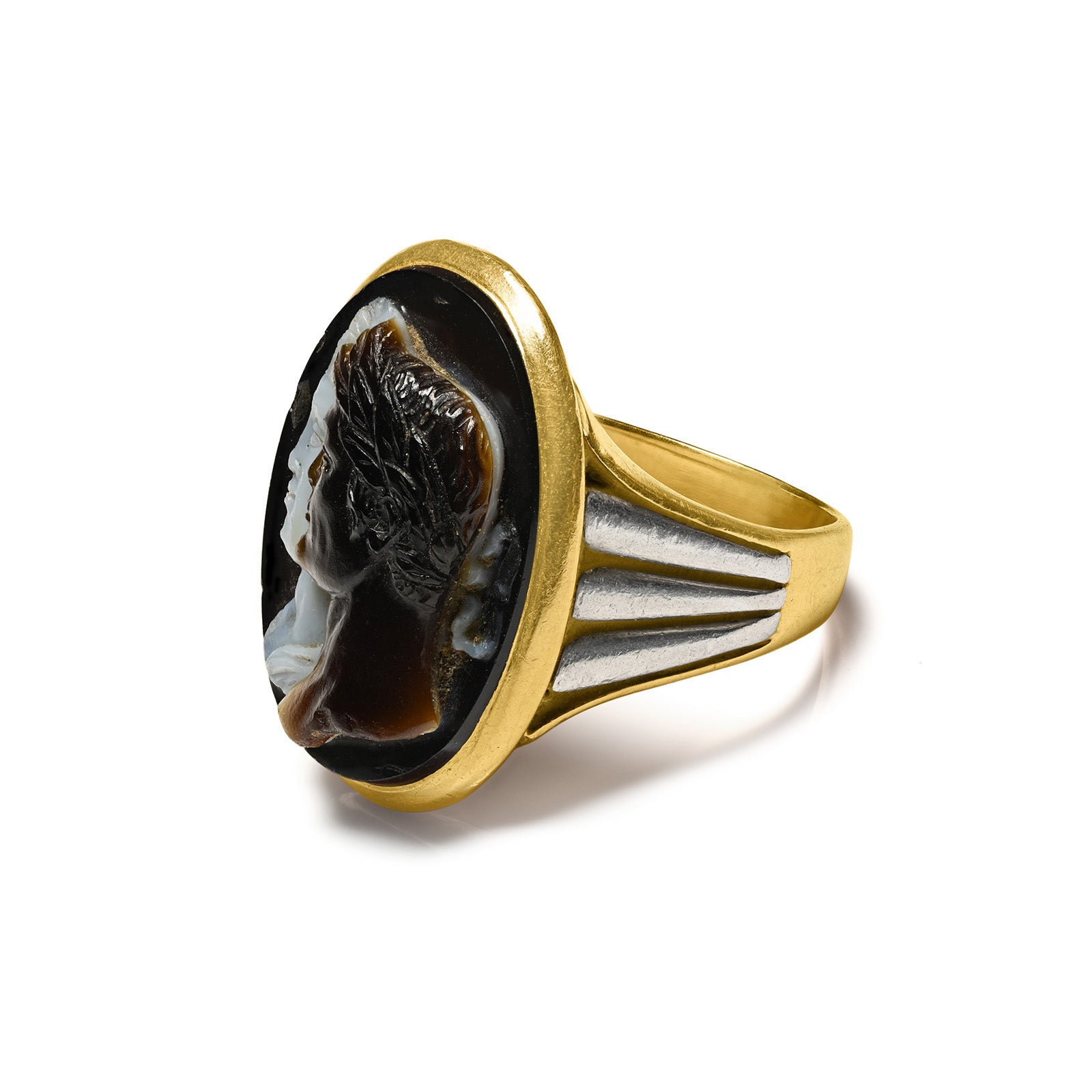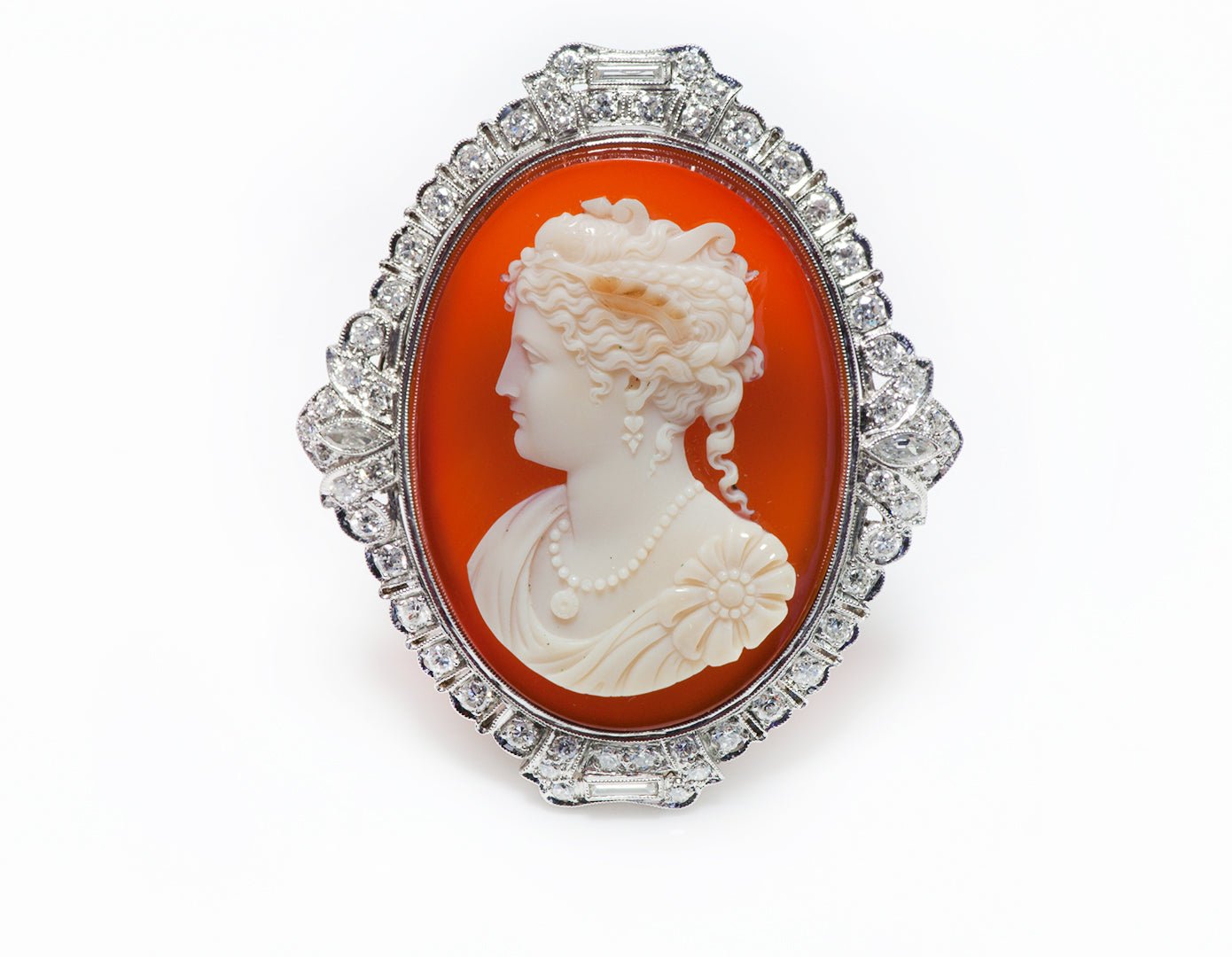
Cameo Jewelry and History of Cameos
Let's explore the art and rich history of cameos from ancient times until today.
A cameo is an intricately gemstone or other natural material carved in a raised relief that features, most notably, portraits of women’s or men profiles, landscapes or mythological figures. These hand-carved, detailed reliefs are typically set in gold or silver adorning pieces of jewelry such as necklaces, bracelets, pendants and rings. Their significance and fascinating, expansive history has made them a popular item amongst collectors.
Cameos Early Days
Often in ancient times cameos depicted living heroes, rulers and mythological themes while paying homage to their respective gods and connecting cultures through trade like Rome, Greece and Egypt. In the centuries that followed, cameos have been used for various purposes and decorated with a range of carvings, precious stones and metals.
Of the earliest forms of cameo, many can be traced back to prehistoric petroglyphs depicting religious figures and mythological images onto rocks. With the rise of the Roman Empire, cameo craftsmen expanded upon their uses and portrayed political portraits into their artwork. Cameo carving greatly progressed during the Renaissance and Elizabethan periods when elite women wore cameos to showcase their cultural status.
Royal cameo collectors Emperor Napoleon Bonaparte and Queen Victoria inspired the collection and distribution of cameos in the 19th century. Upon her widowhood, Queen Victoria commissioned a series of bejeweled cameos in onyx with a double portrait of her and her late husband to give to members of the Royal Order of Victoria and Albert.
Antique Gold Pearl Cameo Earrings & Brooch
Napoleon greatly admired the exquisite workmanship in these miniature carvings which dated back to Greco-Roman times and saw how they might serve as emblems of France’s new republic, linking it to Roman grandeur. He had come across the art form on a campaign in Italy as a young general. Returning as a triumphant war hero to Paris, he brought a large collection of cameos with him, along with many of the most gifted cameo makers, whom he had captured in Sicily. Napoleon established a school in Paris staffing it with these abducted Sicilians who trained young Frenchmen in the glyphic art. For the first part of the 19th century, these artisans rivaled in output and excellence their Italian peers, producing some of the most innovative examples to be found.
For his style-setting wife Josephine and his sisters, Napoleon had these carved medallions mounted as jewelry and for his installment as emperor, he ordered gold crowns for himself and Josephine set with cameos and commissioned furniture embellished with them.
Antique Gold Enamel Large Stone Cameo Brooch

With the popularization of costume jewelry in the 20th century, the turn towards wearable cameos only rose. Later again, as with many vintage designs that surge in a more contemporary manner, cameos made a comeback. Established designers added the timeless classic to recent collections and catalogs in the form of contemporary cameo brooches, pendants, necklaces, cameo earrings and more. Cameo jewelry is certainly a timeless trend easily transcending eras and remains appealing to many designers who continue to reinvent its place in fashion.
How to Authenticate Cameo Jewelry
Real, authentic cameos are made from natural material and gemstones such as: onyx, sardonyx, agate, ivory, coral and lava. In contrast, fake, mass-produced cameos come in the form of plastic, resin or glass. Whilst holding the cameo up to a light, if you can see through it and have a good glimpse of the outline of the design, it’s likely authentic and made from shell for example. Plastic versions aren’t as transparent.
Antique Gold Cameo Earrings & Pendant

When looking closely at the carvings, check for markings like nicks from carving tools or indentations which likely mean it’s authentic and that natural materials were used. Smoothness doesn’t necessarily mean it’s real as inauthentic cameos are very smooth and have no flaps. With a gentle tap against a hard surface, if it has a more solid sound, it’s likely made from natural materials. If the cameo sounds hollow, this is likely a plastic fake. Skilled cameo craftsmen took pride in their craft paying close attention to things like the texture of the hair and elements like added jewelry and flowers, tiny details. You can also tell much about the validity of a cameo by examining the face. Many antique cameo faces look to the right but, to be aware, many fake versions have the same or very similar faces.
The value of cameo jewelry varies significantly depending upon the condition, intricacy of the material used, carving, and age of the piece. A high-quality, one-of-a-kind cameo could cost upwards of $10,000 or more. Fake cameos can be quite inexpensive. As always, if you’re unsure it’s best to consult a reputable antique jewelry dealer to inspect your cameo further.
The desire to wear cameos grew with the popularization of jewelry in the 20th century. Cameo artistry and jewelry continues to appear in contemporary western fashion industry widely.
Antique Gold Carved Amethyst Cameo Cufflinks
DSF Antique Jewelry



